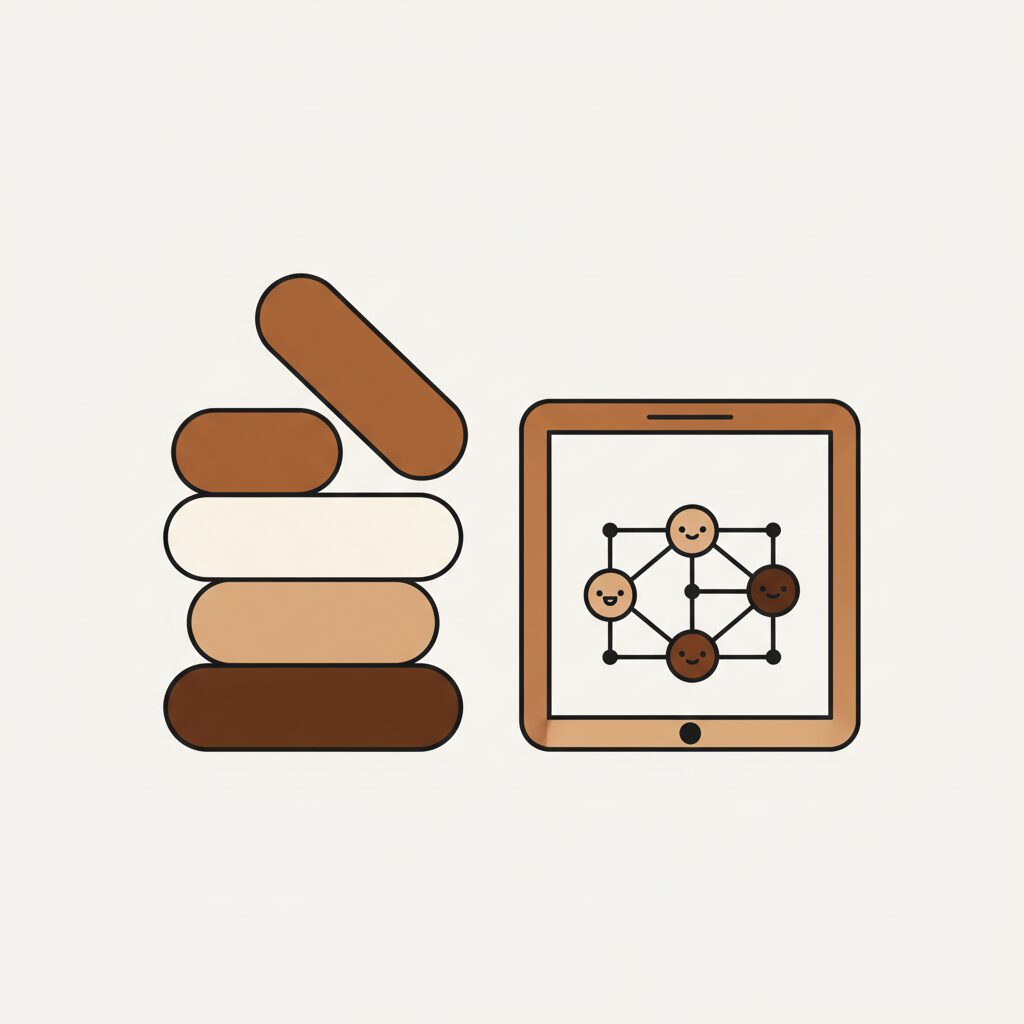
You know that moment when your little one builds a tower of blocks, then gasps as it topples? We rebuild together, laughing about how the wobbly base led to the crash. Now picture security teams doing the same—anticipating digital stumbles before they happen. That’s exactly what researchers from Frondeur Labs, DistributedApps.ai, and OWASP are exploring with their new machine learning framework. Just like planning our next family adventure helps avoid forgotten snacks or rain-soaked picnics, they’re mapping the entire journey an attacker might take, stage by stage. It made me wonder: how can we apply that same forward-thinking calm to our kids’ digital adventures?
How Can Cybersecurity Thinking Help Your Family?

Picture KillChainGraph as a playful treasure map for defenders. Just as we notice our child’s pattern—say, how a spilled juice cup often follows a racing sprint through the kitchen—the system links early digital clues to potential outcomes. Using tech tools called ATTACK-BERT, it maps techniques from the MITRE ATT&CK database into stages of the Cyber Kill Chain. The magic happens when it connects reconnaissance now to exploitation later through semantic similarity, creating visual attack-path predictions. One researcher put it simply: ‘Before any tech, define the process—who validates the prediction, and how does it flow into response?’
Sound familiar? It’s like when my daughter’s teacher explains classroom rules by walking through ‘what happens if?’ scenarios. We’re not instilling fear; we’re building awareness. What if we practiced this at home? Next time your child encounters a pop-up ‘free game,’ pause together: ‘Let’s trace the steps—who sent this, and where might it lead?’ It turns screen time into a gentle detective game, sparking curiosity instead of anxiety.
Why ‘What’s Next?’ Builds Kid Resilience in Digital Safety

Security teams gain ‘a better view of where an attacker might be heading next’—but isn’t that what we do as parents already? We watch for small signs: a hesitant handshake before playground tryouts, a whispered worry before bedtime. This research reminds us that resilience isn’t about avoiding falls; it’s about preparing for the landing. When kids grasp cause-and-effect in digital spaces—‘If I share my username, what might someone do with it?’—they develop the same critical lens security pros use.
I saw this click during a family puzzle night. As we connected jagged edges, my daughter realized one misplaced piece made the whole sky wonky. ‘Like hackers skipping steps!’ she giggled. Exactly! Digital safety mirrors life lessons: every action has ripple effects. Ever spotted a domino effect in their games? Encourage that mindset playfully. While baking cookies, ask: ‘What if we skipped measuring the sugar? How would the next step change?’ It builds intuitive pattern-spotting—without ever mentioning ‘cybersecurity.’
How to Turn Threat Maps into Family Treasure Hunts

The framework’s real brilliance? It transforms overwhelming threats into manageable maps. Similarly, we can turn digital safety into playful exploration. Try this ‘path-predicting’ game: sketch a simple journey (e.g., ‘finding hidden treasure’) with safe ‘steps’ like asking an adult before clicking links. Then swap roles—let your child design a silly path for you (‘first, tickle the cat; then…’). Suddenly, anticipating risks feels like shared adventure, not a lecture.
Researchers stress ‘thoroughly analyzing the cyber terrain’ to empower defense. Translate that to your home: walk through online spaces together like familiar parks. Chat about what makes a ‘safe path’ while streaming a cartoon (‘Why do you think this character avoided the scary cave?’). It’s not about screen bans; it’s about nurturing digital intuition through joyful co-navigation. After all, when kids feel equipped, they blossom—not barricade.
What’s the Heart of Digital Preparedness for Families?

At its core, this work isn’t about tech tools—it’s about human connection. The team mandates ‘centralized logging’ of security data, but parents already do this intuitively: remembering which apps sparked joy, which caused frustration. That chat after bedtime stories? Those moments log emotions; your weekend hike debrief talks track discoveries. That’s your family’s ‘normalized data’—the foundation for trust.
So here’s my warmest takeaway: Don’t race to install the latest digital shield. Instead, nurture what the framework’s creators call ‘phase-aware’ calm. When your child shares a gaming victory or confusing message, breathe and ask: ‘What happened right before this? What could we try next time?’ Each question seeds a superpower: knowing they’ll navigate storms long after you let go of their bike seat. You’re mapping resilience together—one patient ‘what if’ at a time. And watching them arm themselves with curiosity instead of fear? It warms my soul more than any summer sun ever could.
Source: KillChainGraph: Researchers test machine learning framework for mapping attacker behavior, HelpNet Security, 2025/09/01
